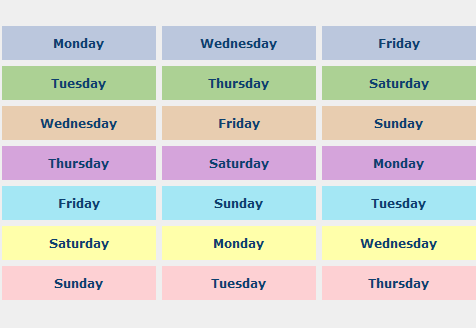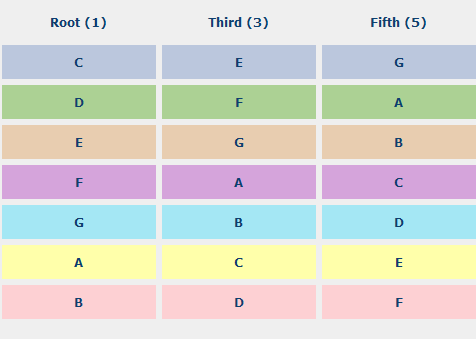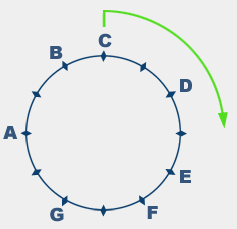Chords defined
Remember that you don't need to know any of the theory behind chords in order to play. You can simply skip this page and go straight to the chord diagrams page and start to experiment. HOWEVER ...
The video above does a pretty good job of explaining what chords are, but I'll give another analogy below just to make sure you have understood.
You have no doubt heard, with trepidation, about the thousands of chords you must learn in order to play music. I myself remember a book called "1001 Chords" and my feeling of total inadequacy because I still only knew half a dozen or so. Well, you can relax. Chords are no big deal, especially on a guitar, as you will soon find out. The guitar 'fretscape' is one of shapes, geometric patterns, that can be moved along the fretboard as a unit. Comes in very handy.
First of all, let's define what a chord is:
A chord is a group of at least three notes played together.
Two notes played together are called a 'double-stop' or sometimes an interval, but it takes three notes played together to become a chord. Which notes? To put it in musical terms, chords are formed by 'stacking thirds', which makes little or no sense if you're just starting out. To put it in plain English: chords consist of any three alternate notes from the major scale. What does that mean? Well, let's imagine for a minute that the 7 scale notes are the 7 days of the week. If we select three alternate days, starting on Monday, we get this:

Start with Monday, skip Tuesday, select Wednesday,
skip Thursday and select Friday. That's a 'chord'.
Now let's look at a whole week's worth:

Each colored row is a chord ... it's as simple as that. You can see that there
are seven possible combinations using this simple formula, one for each day of the week.
Now let's do it with the major scale. I'll use the C major scale
because there are no sharp or flat notes in it and it's less
confusing to look at, but this simple rule applies to all 12 major scales.

Once again, each colored row in this graphic represents a chord,
and you can see that there are 7 rows, one for each note of the scale.
Each chord consists of a Root (sometimes called the Tonic), a Third and a Fifth ... the old "1-3-5".
Chords are named after their Root
So, from the major scale, we have built 7 triads, which is the term used to describe
these simple three-note chords. Of course, guitars have 6 strings,
so we need to double up some notes to make chords on guitars,
notes from other octaves (more on that later), but you can always just play
the three-note triads on just three strings and still be playing a chord.

Easy? Yes, but there is one flaw in this analogy: the intervals between consecutive weekdays are all 'one day', but our scale is made up of uneven intervals (have another look at the scale-clock ... some are one hour apart, some are two), so those combinations can't all be the same. What that means in musical terms is that the chords will have different sounds, different flavors. There are two main flavors: Major and minor. There is no need at this stage to remember all the theory, but each major scale gives rise to three major chords, three minor chords and one 'half-diminished' chord, which is a kind of minor chord. The video at the top of the page explains all this with animated graphics making it much easier to understand.
This family of 7 notes and 7 chords are collectively known as the Key, and because this particular batch came from the C Major Scale, it's known as the Key of C Major.

Join Our Free Trial
Get started today before this once in a lifetime opportunity expires.
